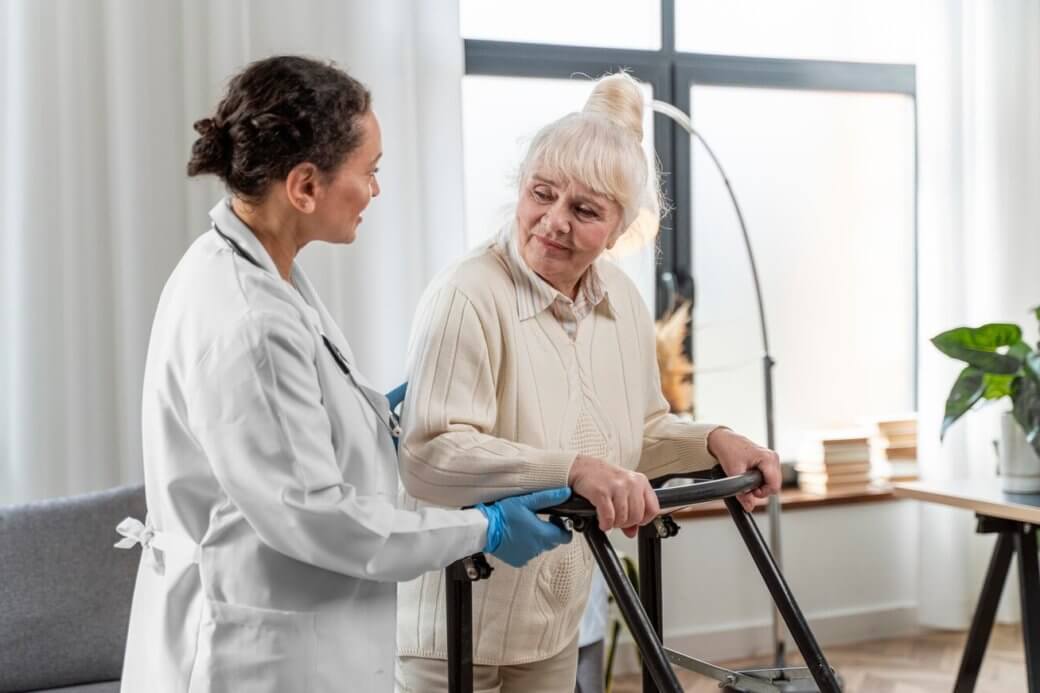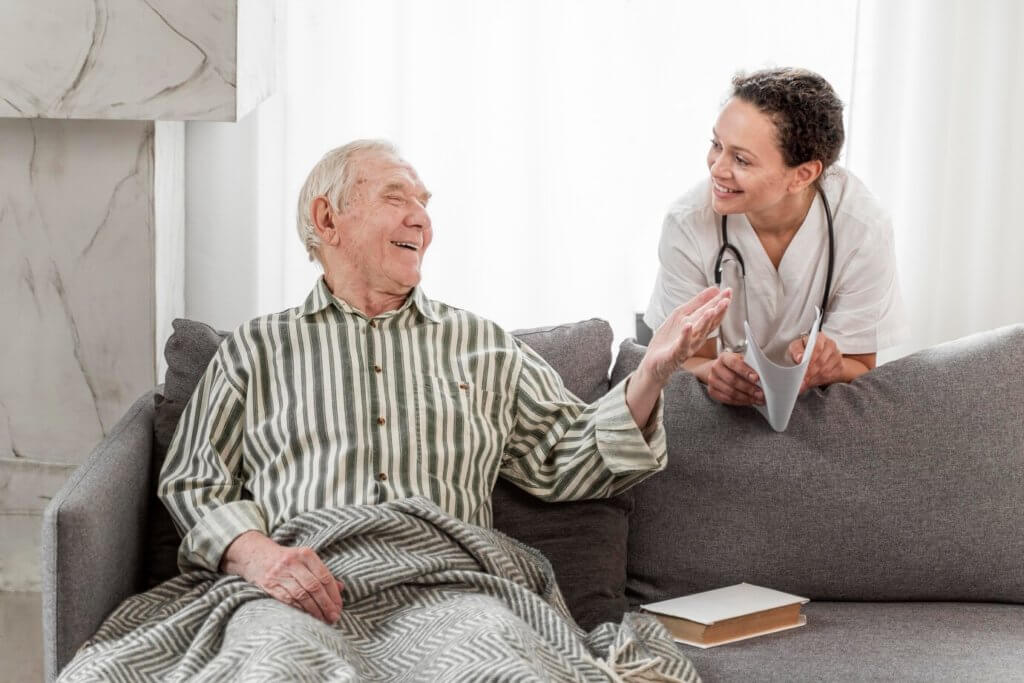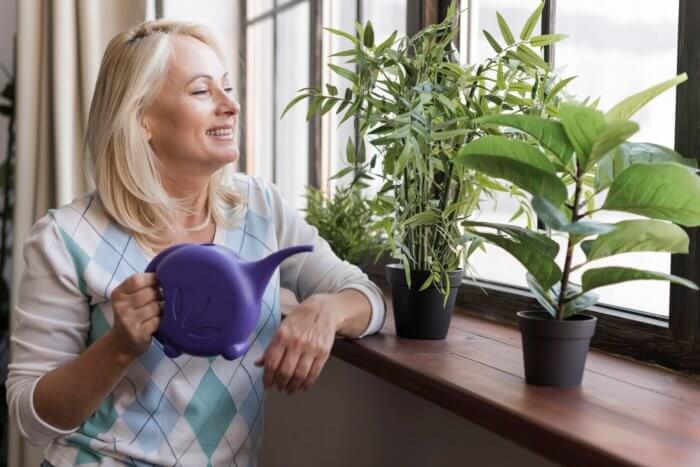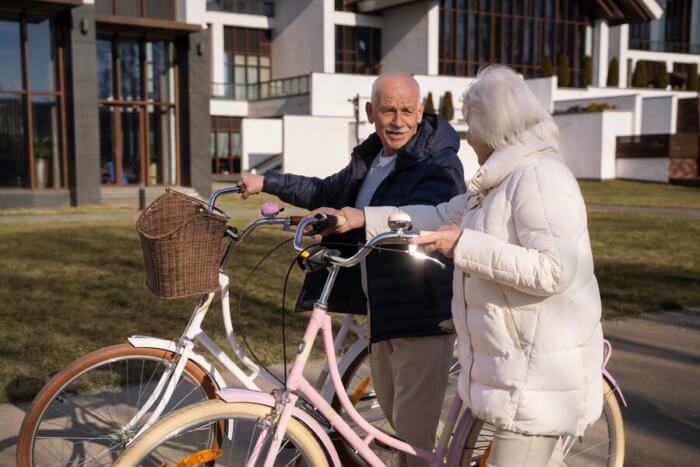A Look into the Future: Innovations and Trends in Elder Care for the Next Decade

In today’s rapidly evolving healthcare landscape, trends in elder care are reshaping how we support our aging population. As challenges such as increased chronic illness, caregiver shortages, and emotional isolation continue to rise, it’s essential to adopt solutions that ensure safety, dignity, and improved quality of life for older adults.
MD Senior Living is leading this transformation with groundbreaking technologies, personalized care models, and community-first approaches that prioritize autonomy and holistic wellness. This article explores how these innovations address aging population problems and solutions, tackle what are the problems faced by the elderly in our society, and respond to what is the most common disease in the elderly, while highlighting the compassionate, forward-thinking care MD Senior Living provides.
For more information, visit us at https://mdseniorliving.com.
Technological Advancements in Elder Care
Technology is at the forefront of today’s trends in elder care. From robotics to telehealth, innovations are making it easier for seniors to age in place while staying safe and connected.
Robotics and AI for Independence
Robotic assistance is now supporting daily routines—reminding seniors to take medication, helping with mobility, and even offering companionship. These tools reduce reliance on full-time staff and foster independence.
Telehealth and Remote Monitoring
Telehealth is removing geographical and mobility barriers by allowing seniors to consult medical professionals from their homes. Combined with wearable devices, these tools ensure that health is monitored proactively.
Explore more about how senior care technology is transforming elderly care.
Personalized Care: Meeting Individual Needs
As the senior population grows, personalized care plans are essential to address what are the problems faced by the elderly in our society, including chronic illness, loneliness, and physical limitations.
Individualized Care Plans
Every senior has unique health needs and life experiences. With personalized care plans, MD Senior Living ensures care evolves with residents’ needs. These plans consider both medical and emotional factors to promote overall well-being.
Empowering Resident Choices
Empowerment is at the heart of personalized care. When seniors are encouraged to make decisions about their care, they feel more in control. This approach fosters dignity and trust, improving mental health and reducing feelings of helplessness. Discover how supportive staff contribute to this environment.
Holistic Health Integration
Incorporating alternative therapies such as art, yoga, and mindfulness creates a well-rounded approach to health. Holistic strategies reduce anxiety, boost cognitive function, and promote happiness—key to fighting what is the most common disease in the elderly, which often includes dementia and heart disease.
Leadership and Collaboration in Care Facilities
Strong team dynamics and interdisciplinary collaboration help solve aging population problems and solutions by delivering more responsive, person-centered care.
Empowering Care Team Dynamics
Trained and motivated care teams contribute directly to higher resident satisfaction. Empowering every staff member to participate in care decisions ensures a united, effective approach.
Fostering Interdisciplinary Collaboration
Elder care often involves multiple professionals—nurses, therapists, social workers, and dietitians. Fostering a team-based culture helps coordinate care plans, leading to better outcomes and fewer hospitalizations.

Sustainability and Nutrition in Senior Living
Seniors thrive in environments that support their health and align with the values of sustainability and community care.
Eco-Friendly Practices and Farm-to-Table Dining
More communities are adopting green practices—such as energy-efficient buildings and local food sourcing. These steps improve resident health and reduce environmental impact. Seniors enjoy meals that are not only nutritious but also support local agriculture.
Nutrition Education and Wellness
Educating seniors on healthy choices fosters independence and encourages active participation in their care. Offering fresh, seasonal meals improves health outcomes and helps manage chronic conditions.
According to the National Council on Aging, nutrition plays a critical role in managing diseases common in seniors, such as diabetes, heart disease, and arthritis.
Emerging Trends in Memory Care Services
With cognitive decline ranking among what is the most common disease in the elderly, memory care services are evolving to provide more targeted, compassionate approaches.
- Personalized cognitive therapies that adjust to individual needs
- Sensory-based environments to reduce agitation and promote calm
- Technology like VR for brain stimulation
- Family engagement programs to strengthen support networks
- Specialized memory care training for staff to ensure empathetic, informed care
Preparing for the Future of Elder Care
To prepare for the next decade, senior living communities must embrace trends in elder care that are proactive, not reactive.
Embracing Digital Health
Remote monitoring, telehealth, and AI-powered health tools allow caregivers to detect issues before they escalate. These tools are especially useful for those managing chronic diseases or mobility limitations.
Combating Social Isolation
One of the biggest problems faced by the elderly in our society is loneliness. Communities combat this with group activities, virtual meet-ups, and structured programs that promote engagement.
Supporting Caregivers and Families
Support doesn’t stop at the resident. Families are increasingly involved in care decisions, and forward-thinking communities are creating more transparent, collaborative environments.
For example, the Family Caregiver Alliance offers resources to help families navigate elder care, from legal advice to respite support.
Building a Brighter Tomorrow for Senior Care
The future of elder care isn’t just about innovation—it’s about intention. By focusing on trends in elder care, MD Senior Living is helping redefine what it means to age with dignity.
We’ve explored how evolving technologies, personalized care, and sustainability are addressing aging population problems and solutions, while also tackling critical challenges like what is the most common disease in the elderly. These forward-thinking efforts help solve what are the problems faced by the elderly in our society, from isolation to inadequate care models.
If you’re ready to see the future of senior care up close, we invite you to connect with MD Senior Living.
Ready to Experience the Future of Elder Care?
Let’s build a healthier, happier future for your loved ones. MD Senior Living is here to guide you every step of the way—with compassionate teams, modern solutions, and communities designed to help seniors thrive.
📞 Call us today at 480-418-9150
💬 Or visit us online to schedule a Tour
Empower your family with the right choices for tomorrow—because aging should be met with dignity, joy, and care that evolves with the times.
Frequently Asked Questions
What are the future trends in elderly care?
Future trends in elderly care focus on technology-driven solutions and personalized support. Innovations like telehealth, wearable monitoring devices, and AI-assisted caregiving are becoming more common to ensure safety and independence. There’s also a growing emphasis on aging-in-place programs, where seniors receive care in the comfort of their homes. Additionally, holistic wellness—addressing mental, emotional, and physical health—is expected to play a larger role in senior care.
What are the current trends in aging?
Current trends in aging emphasize active lifestyles, preventive healthcare, and social engagement. Seniors today are prioritizing fitness, balanced nutrition, and lifelong learning to maintain their independence. Communities are also offering more opportunities for intergenerational interaction and social connection. The use of technology among older adults has increased, enabling them to stay informed, connected, and engaged in their daily lives.
What is the trend in the elderly population?
Globally, the elderly population is rapidly increasing due to longer life expectancies and declining birth rates. This demographic shift is leading to a higher demand for healthcare services, senior housing, and support systems. Governments and the private sector are investing in age-friendly infrastructure to accommodate this growth. As a result, the focus is shifting toward sustainable care models that balance independence with medical support.
What is the biggest challenge in elderly care?
The biggest challenge in elderly care is meeting the growing demand for quality caregivers and affordable long-term care options. Many families struggle to find reliable, compassionate professionals or facilities that fit within their budgets. Additionally, addressing the emotional and social isolation often faced by seniors remains a major concern. Ensuring dignity, personalized attention, and accessible healthcare are ongoing priorities in overcoming these challenges.






Leave a Comment